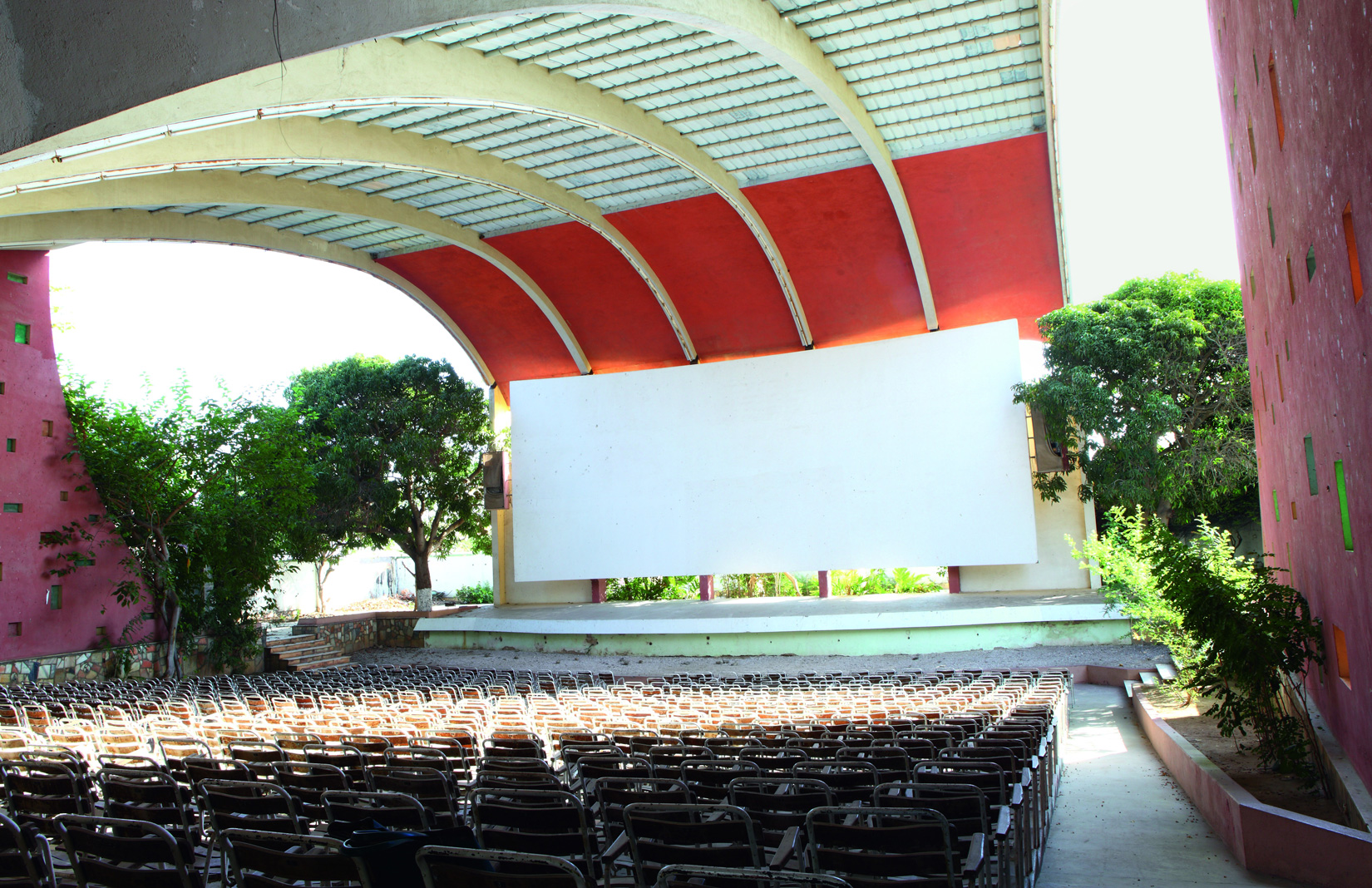
The Cine Impala in Namibe – a 600-person theatre, designed by architects Botelho Pereira in 1972 – takes its name from the African antelope, which is a symbol of the city. Photography: Walter Fernandes/Goethe-Institut Angola

Its roof is formed of beams that create an arch springing from the front base of the stalls to the rear of the projection screen, emulating the leaping movement of an impala. Photography: Walter Fernandes/Goethe-Institut Angola

Cine-Bar Tropical in Luanda, Provincia Luanda. Both the date and architect of this city-centre Art Deco style cinema are unknown. It is now called the Cine-Bar Tropical Dancing. Photography: Walter Fernandes/Goethe-Institut Angola

The brightly coloured Cine-Teatro Impérium in Lobito, Provincia Benguela, was built in the 1950s in an Art Deco style. Photography: Walter Fernandes/Goethe-Institut Angola
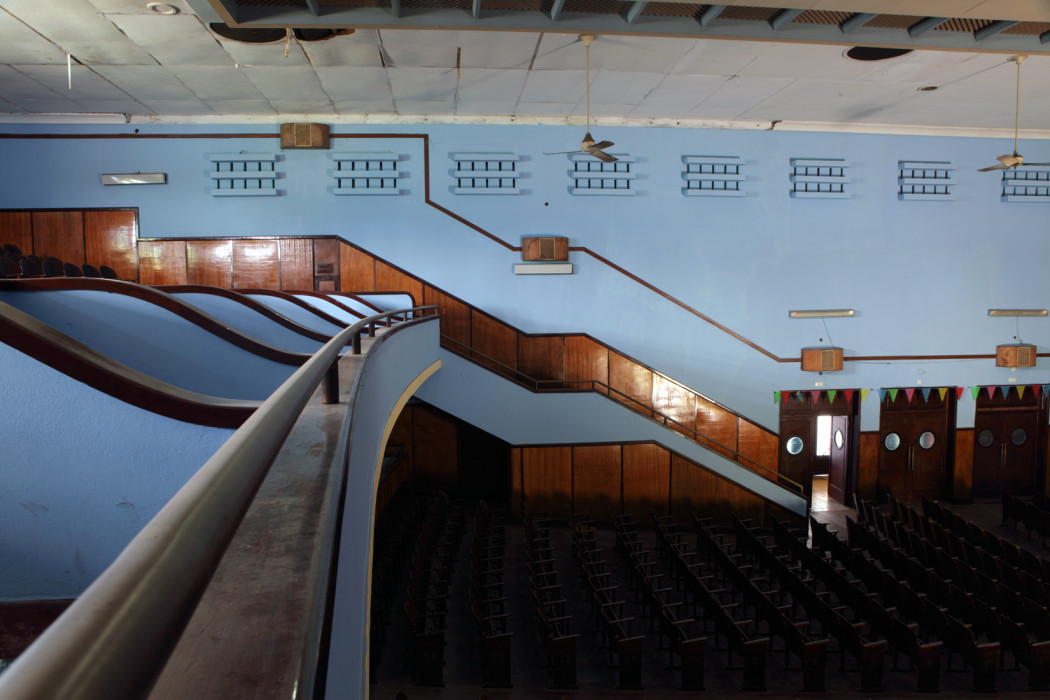
Previously owned by the Benguela Railroad Workers Association, Cine-Teatro Impérium was closed for many years. Photography: Walter Fernandes/Goethe-Institut Angola
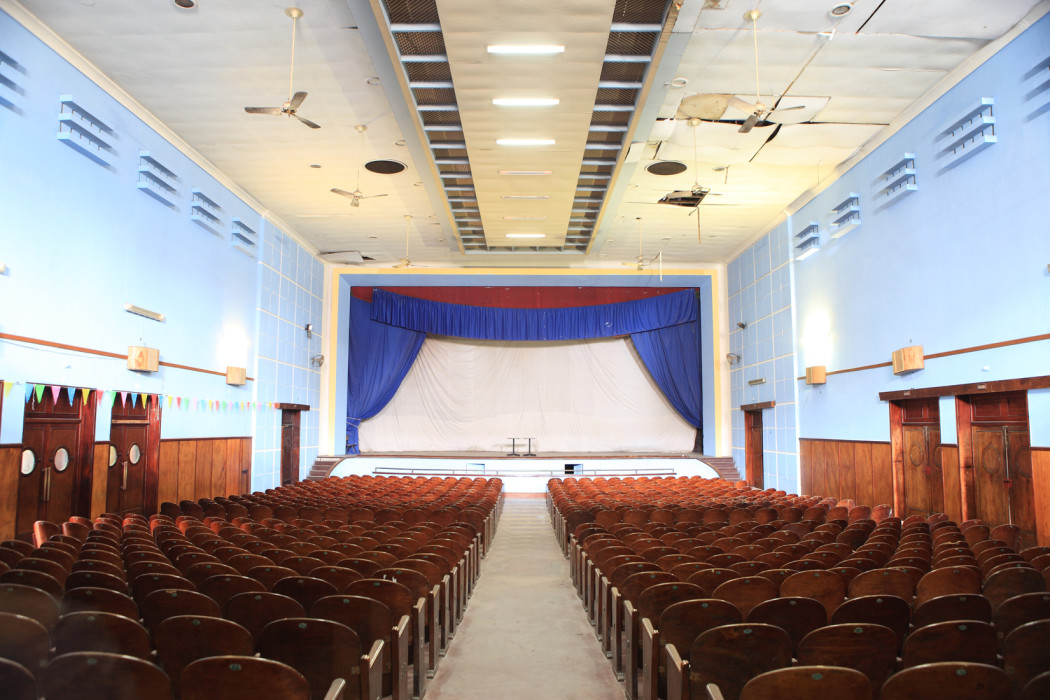
The building has now reopened as a cultural hub, hosting local activities and events. Photography: Walter Fernandes/Goethe-Institut Angola
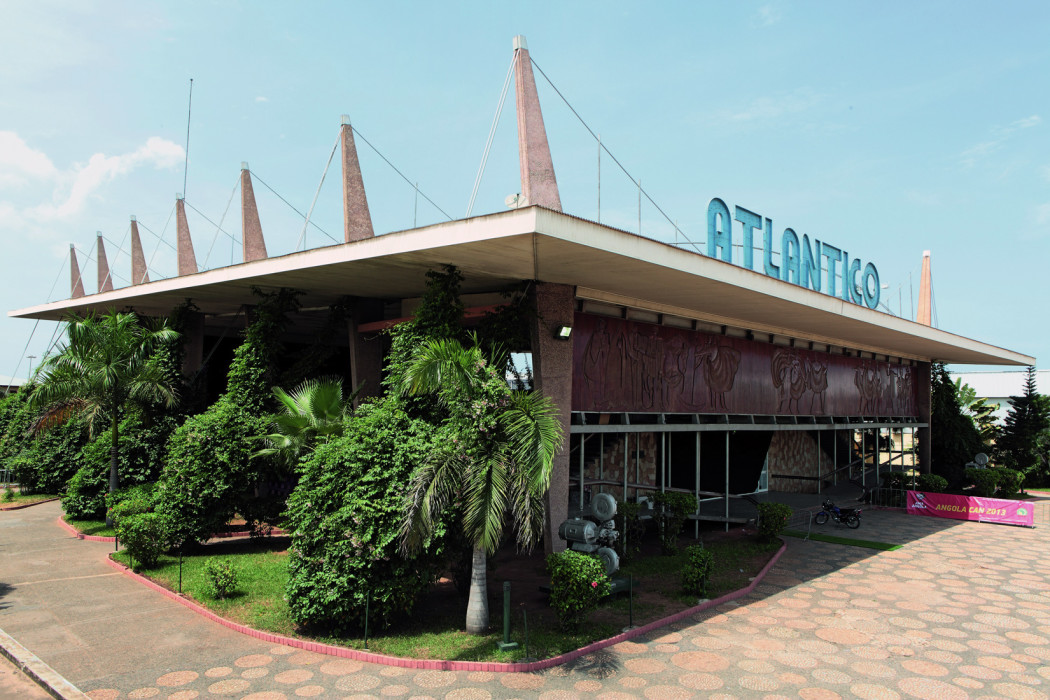
Built in 1963, Cine Atlântico in Luanda was designed by architect António Ribeiro dos Santos and revised by engineer Eduardo Paulino for Angola Filmes. Its very first screening was My Fair Lady. Photography: Walter Fernandes/Goethe-Institut Angola
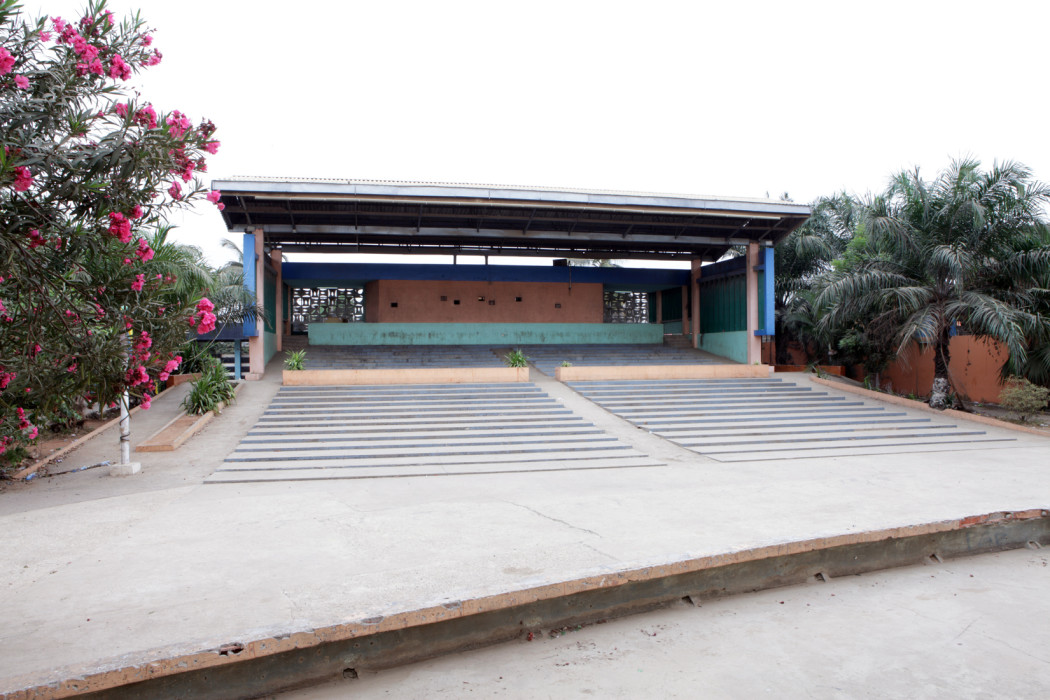
Located on the outskirts of Luanda, Cine Africa is situated in a walled enclosure and surrounded by gardens. Photography: Walter Fernandes/Goethe-Institut Angola
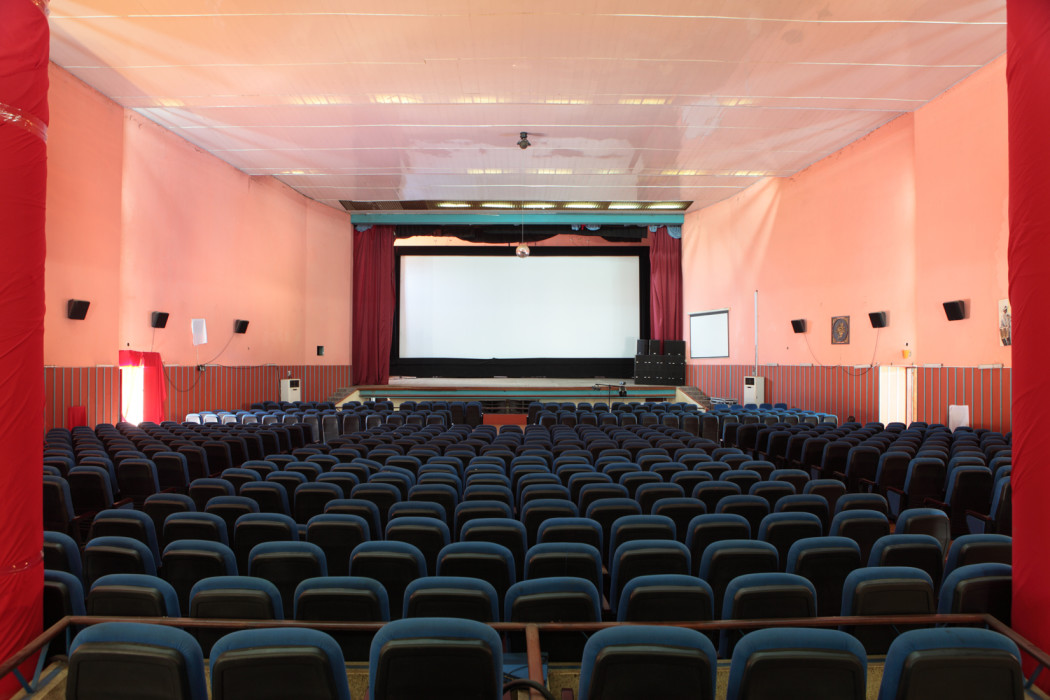
Cine-Teatro Luena in Provincia Moxico was built in 1956. The structure can be divided into two large areas: the cinema building (pictured) and the exterior garden space of the esplanade. Photography: Walter Fernandes/Goethe-Institut Angola
Angola isn’t exactly the Hollywood of Africa – that honour belongs to Nigeria – but the country is a surprising hotbed of 20th-century cinematic treasures. By 1970 there were 50 theatres for a population of just 5.9 million people.
From the late colonial modernist structures of the 1930s, to the open-air cine-esplandas that sprung up in the 1950s, 60s and 70s, these structures served as more than just places to catch the latest flick – they were vibrant meeting points for the local communities.
Many have now fallen into disrepair, but the cinemas scattered across Angola still offer a comment on the African nation’s past. Some are even being restored as part of an ongoing project by the Goethe-Institut to celebrate and preserve the cultural heritage of Angola, as it continues to rebuild its identity after the civil war.
Actor and director Miguel Hurst initiated the project back in 2011. He has now released a book, titled Angola Cinemas, in collaboration with photographer Walter Fernandes.
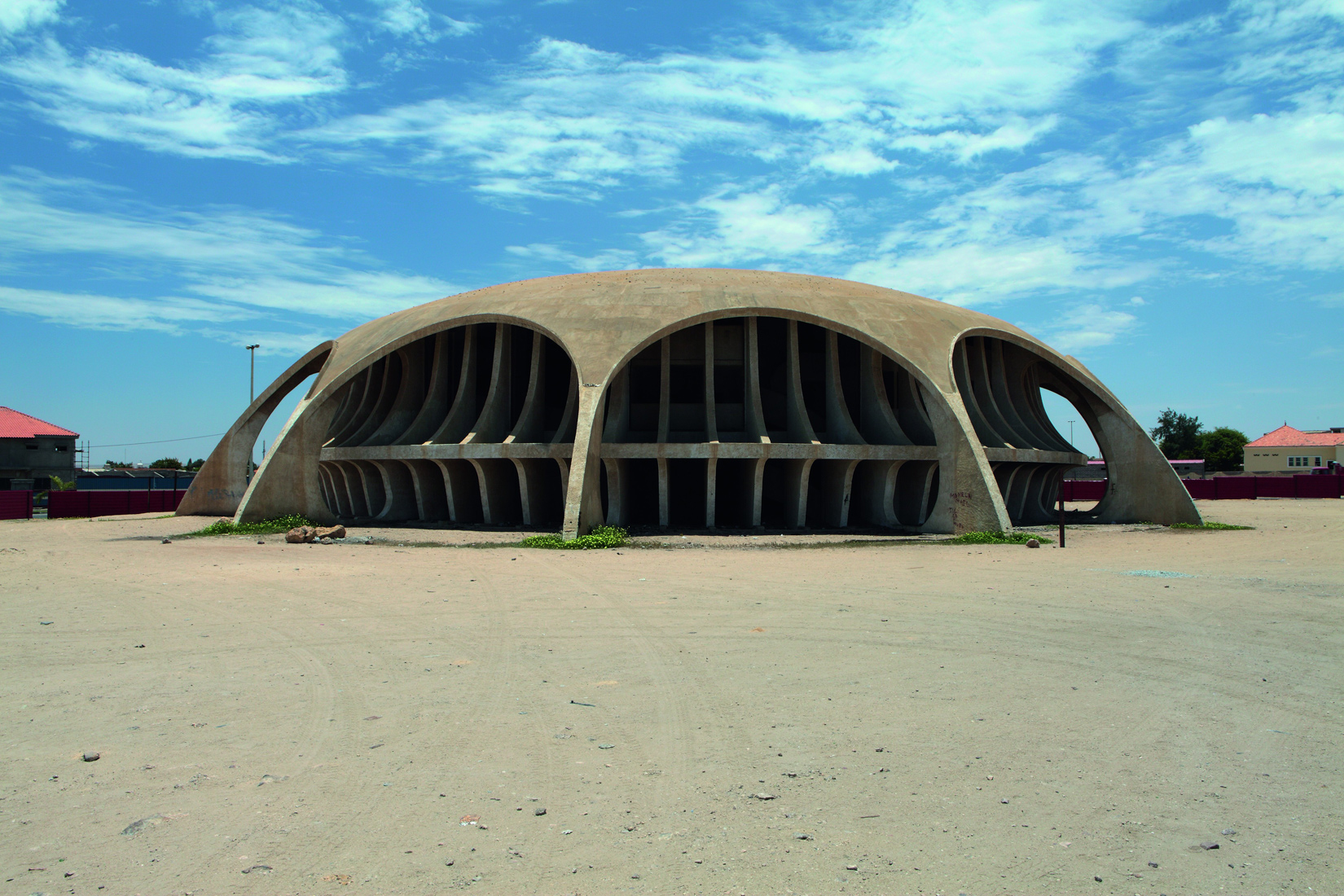
We spoke to Hurst about what fuelled this cinematic adventure.
How was this project born?
Back in 2004, I went to Benguela – a southern province of Angola – for a film screening. When I saw the Cine-Kalunga, it was clear to me that something had to be done to document Angola’s cinema culture – to show how Angolans lived, and how they can live again. In 2011, I was working at the Goethe-Institut Angola, and proposed a project to the director Christiane Schulte doing just this.
What did you want to convey and why now?
The intention was to document not just the work of architects but also the atmosphere in those places.
In Angola, we are living through a time of reconstruction – new buildings, urban reorganisation and the creation of an effective and modern Angolan identity… The time is now.
What makes these cinemas so significant?
The most impressive cinemas were built between the 1950s and 70s. During this period, African independencies were a fact, and Portugal had to change its policies towards the winds of freedom.
Plans for new cities to allow the integration of all sectors of society and cultures were drawn up. It was a time of immense social change, human empowerment and liberty of thought that produced a singular society in Angola. That is the significance of this age of construction – a dream of a very particular society with a unique identity, and we should stand to it.
The result was a manifestation of a new architectural language with a taste of Angola.
‘Angola Cinemas’ is out now, co-published by Steidl and the Goethe-Institut Angola




